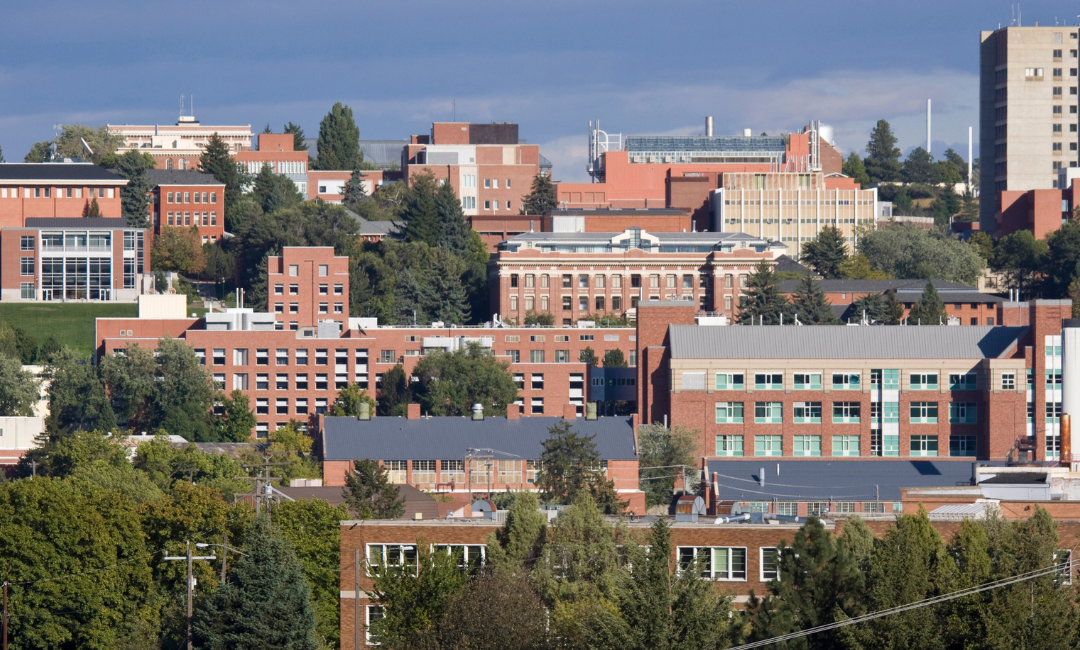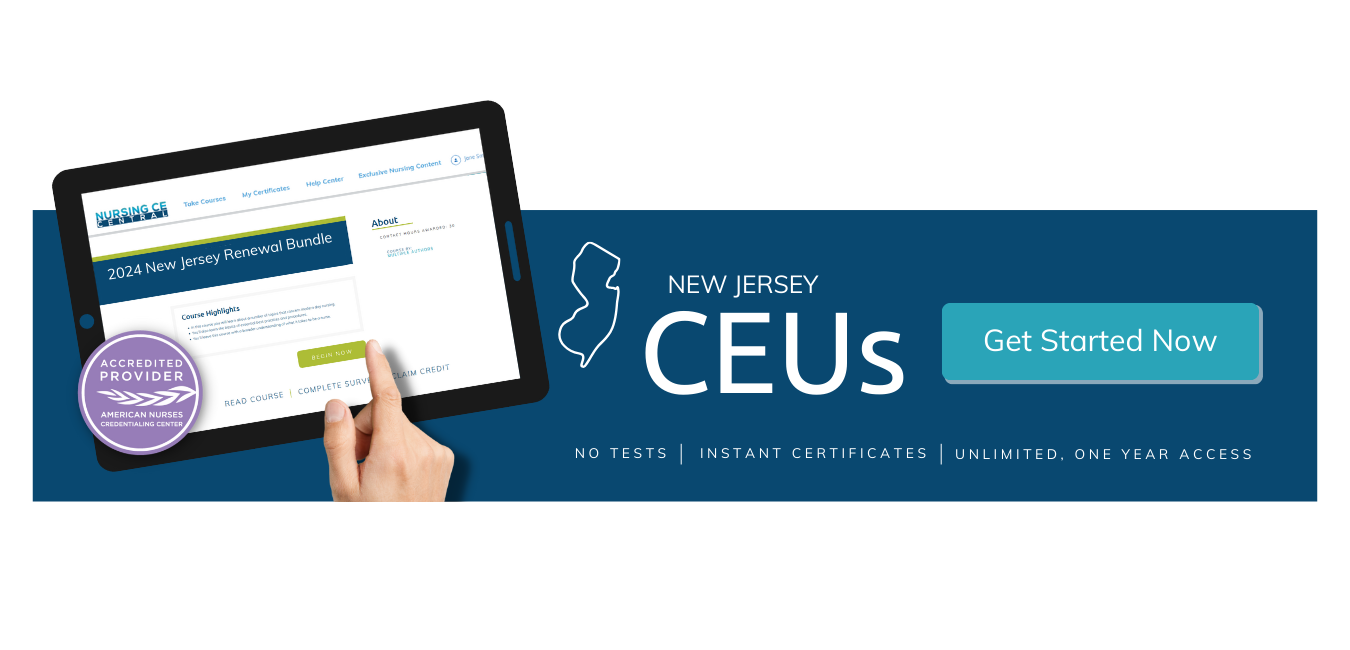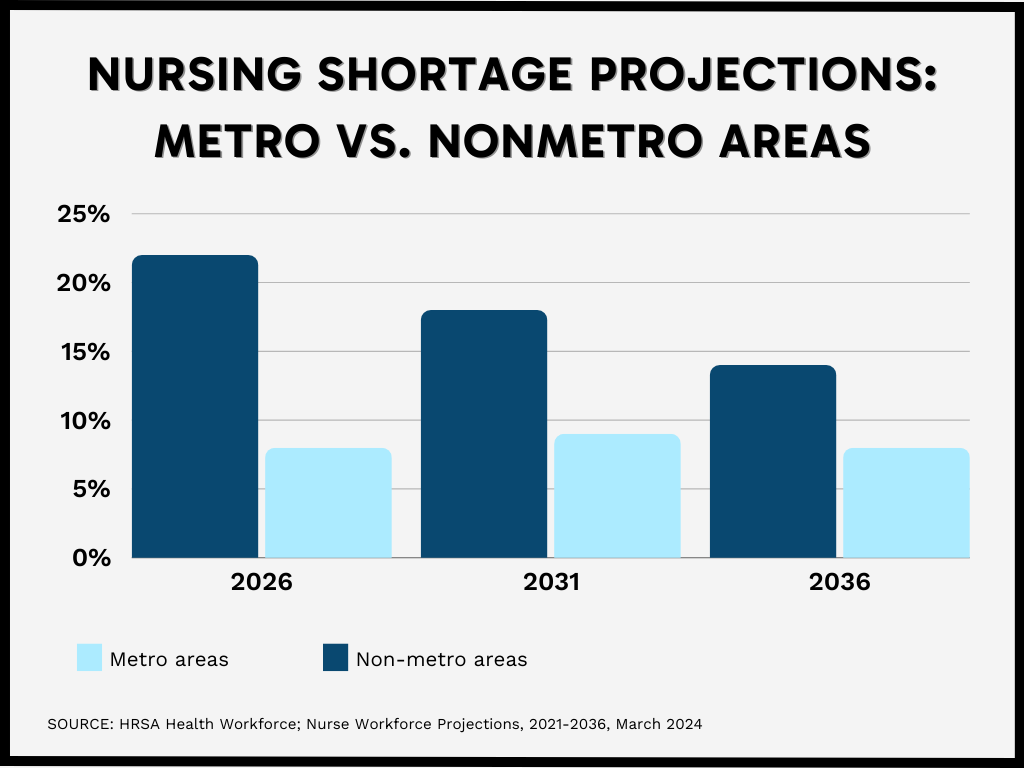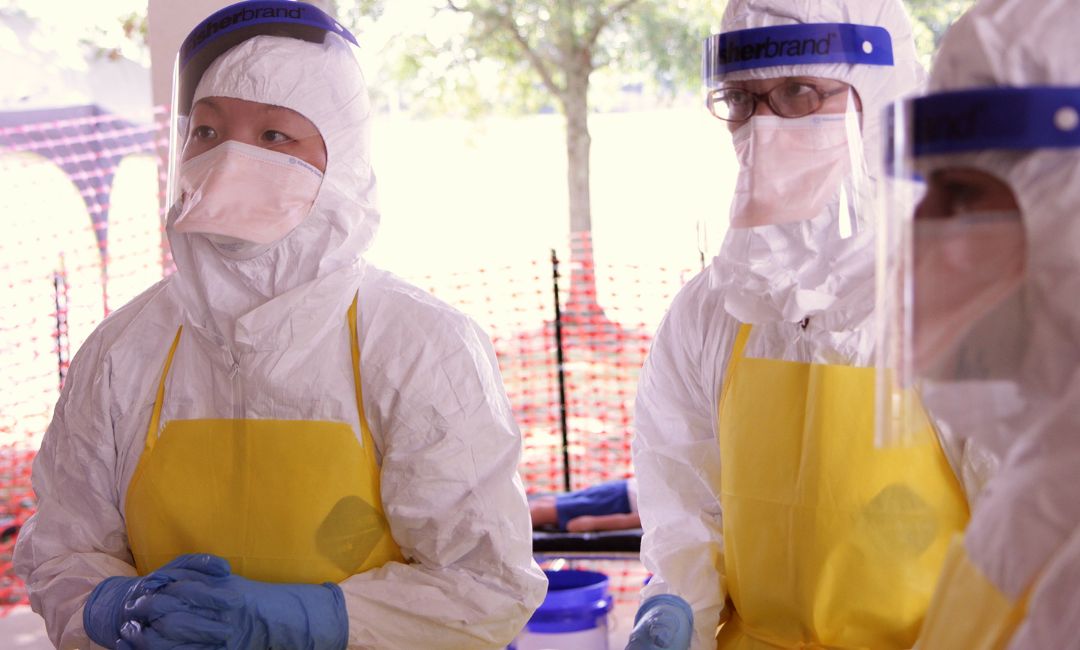What’s the Current Landscape?
Hospitals that reported hiring foreign-educated RNs nearly doubled between 2010 and 2022, according to a KFF analysis of American Hospital Association data. And roughly 16% of RNs practicing in the U.S. are foreign-born.
Some hospitals, like Munson Medical Center in Michigan, are actively recruiting from an international pool of candidates.
UpNorthLive reported in July 2024 that the system planned to hire “up to 200 international nurses from the Philippines.” Current and former nurses who spoke to the outlet anonymously said that’s not a long-term solution.
“They’re going to face the same challenges that the current nurses are facing,” one nurse said. “Staffing ratios, lack of affordable housing. They don’t meet the cost of living for this area. So, like I welcome them into our community and I’m excited to have help, but I fear for them. Just like I fear for everyone else who’s working there.”
Jennifer Standfest, Munson’s chief nursing officer, told UpNorthLive that hiring internationally adds to the system’s recruitment tools and retention strategies.
“We want to make sure that we have great people who are part of the team here who contribute to excellent culture, great quality care, and then that in turn, inspires people to want to be part of our team and stay here,” she said.
The Commission on Graduates of Foreign Nursing Schools (CGFNS) International said the U.S. “relies on worker migration” to supplement its domestic nursing workforce.
“In addition to helping with the effort to alleviate nursing shortages, these workers bring experience and diversity to the health workforce, expanding access to healthcare through cultural awareness and language,” CGFNS International stated in its August 2023 “The Economics of Nurse Migration” report.
CGFNS International broke the path for foreign-educated nurses to practice in the U.S. into four steps:
- Pre-departure: Choosing a pathway (six months)
- Migration: Meeting all requirements and obtaining a visa (upwards of 10 years)
- Arrival: Moving and getting oriented (three to six months)
- Integration: Setting into a new life (minimum of one year)
And a 2023 study from the “Journal of Nursing Regulation” found that foreign-educated nurses bring more “human capital” to the workforce, particularly in the long-term care setting.
Roy Thompson, the study’s author and a postdoctoral fellow in the University of Missouri Sinclair School of Nursing, and his team discovered that immigrant nurses were “far more likely” to be multilingual and be licensed to practice in more states that U.S.-born nurses.
“I wanted to show that immigrant nurses often have a wealth of transferrable skills, are more mobile and adaptable given their experiences practicing in different long-term care settings,” Thompson stated in a news release. “Immigrant nurses are crucial for diversifying the nursing workforce, as they bring a different cultural lens, a different racial lens, and a different linguistic lens.”










